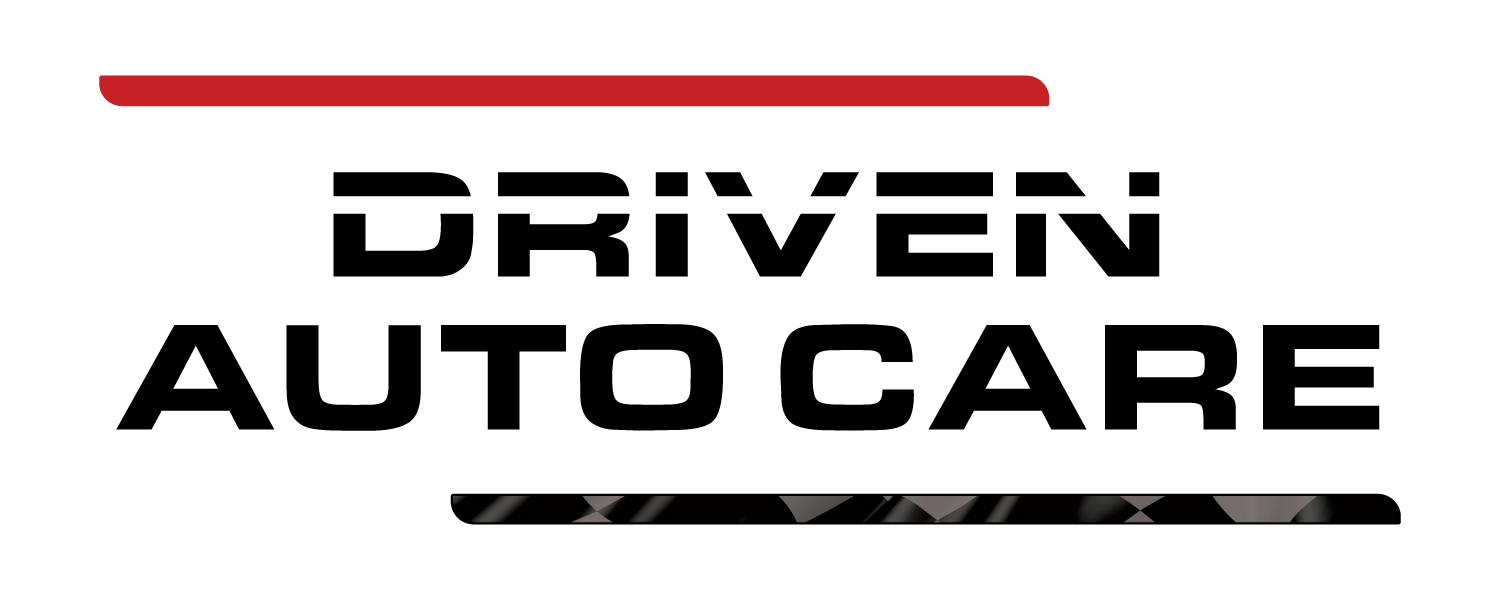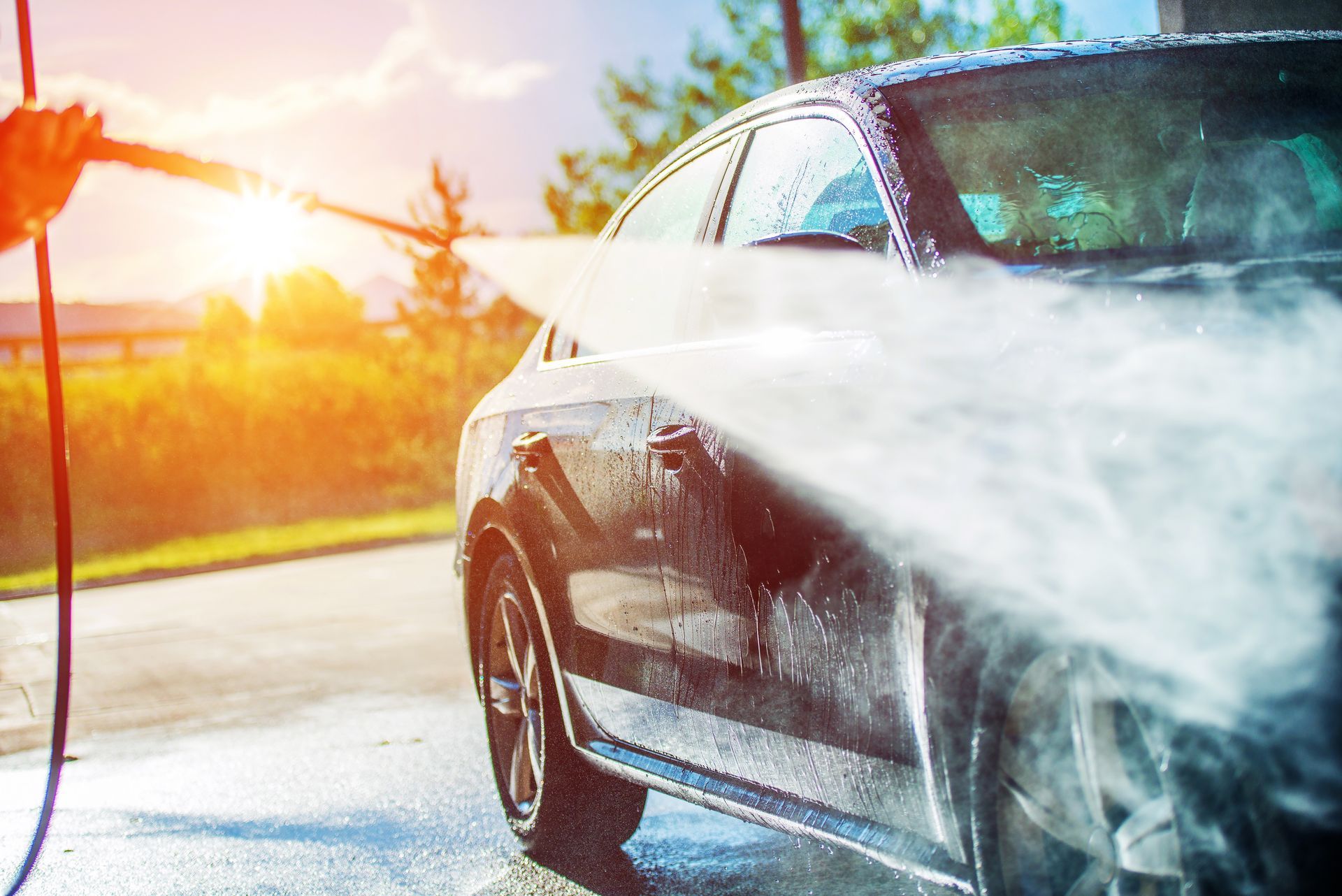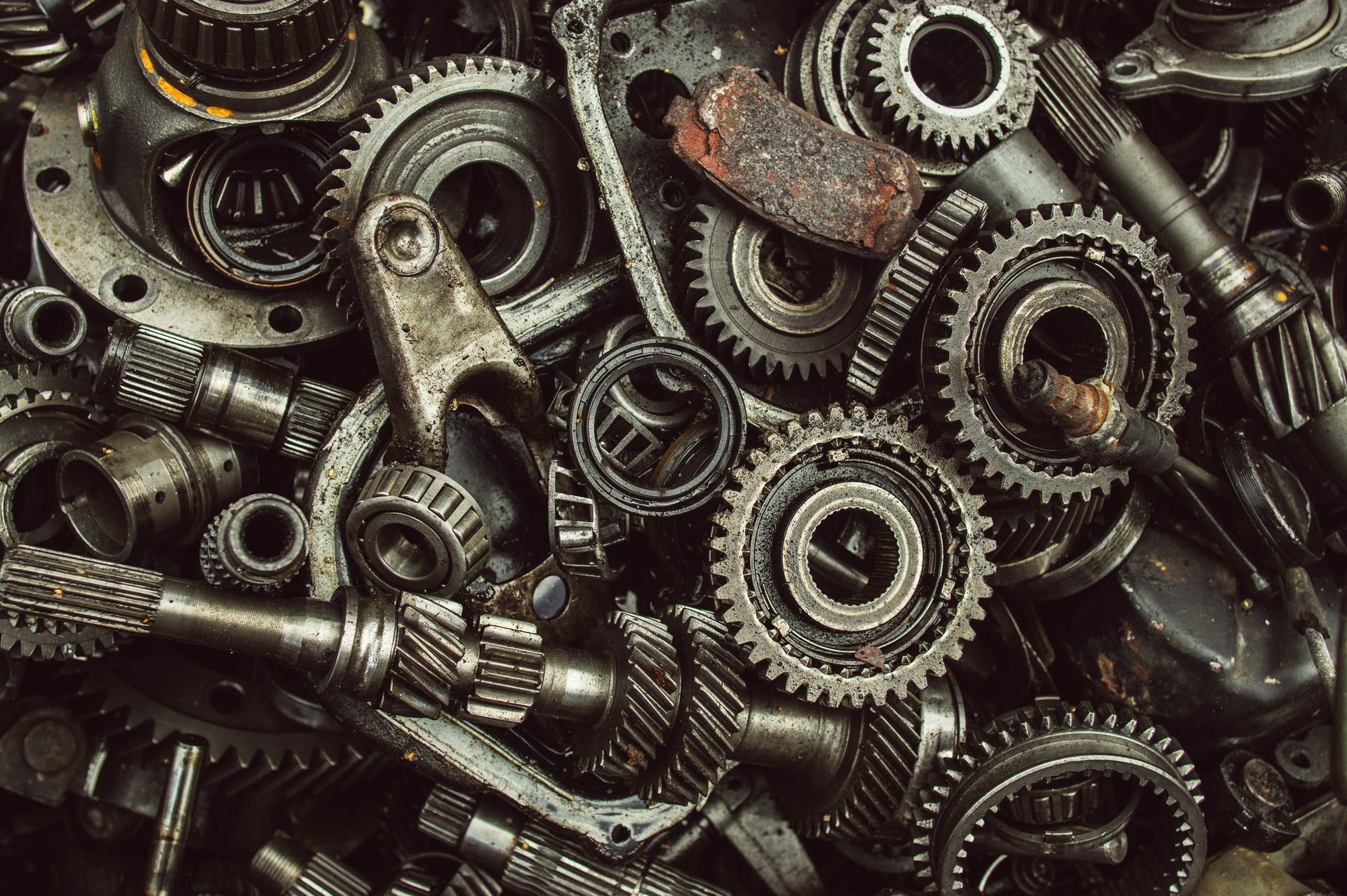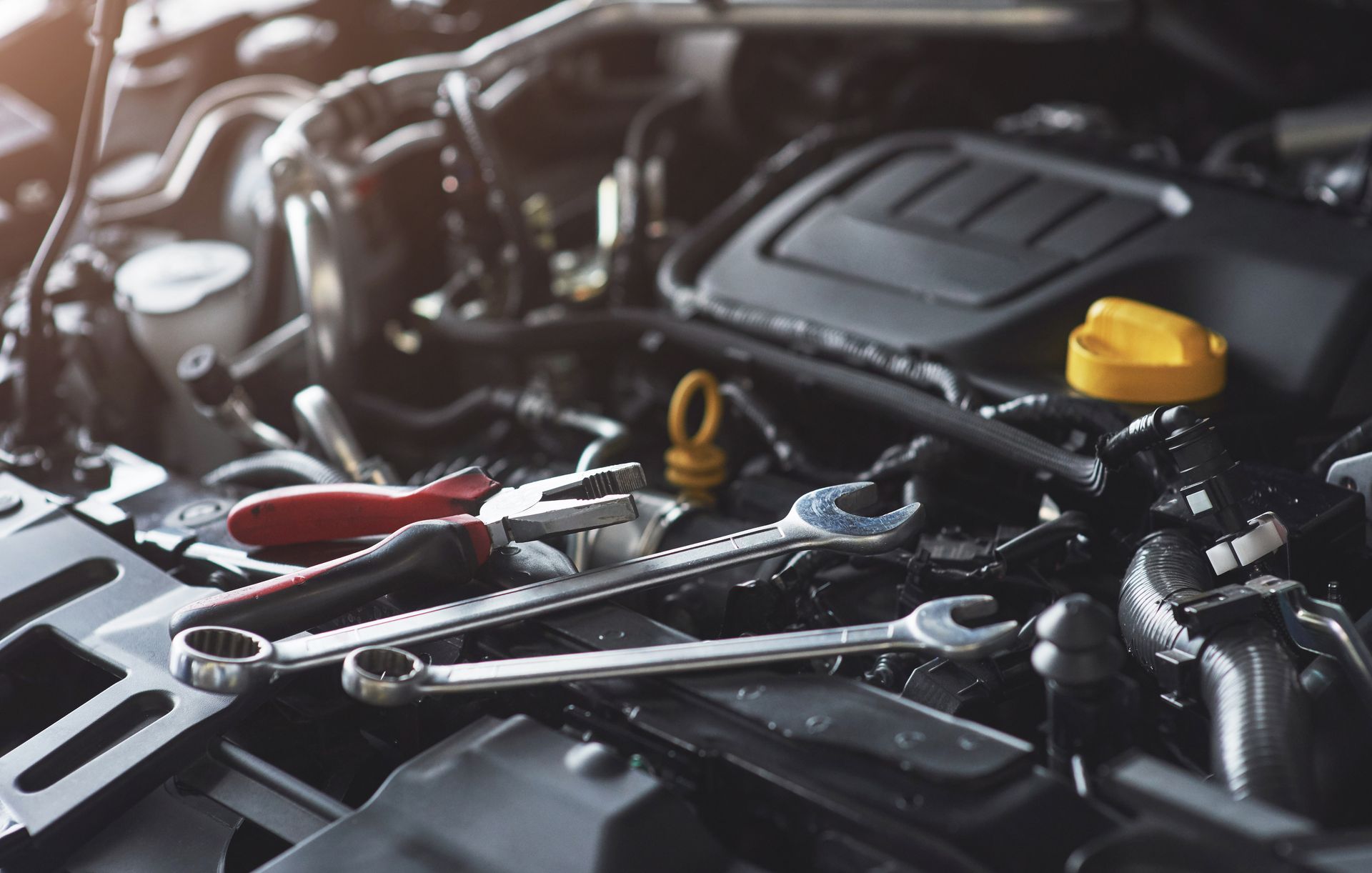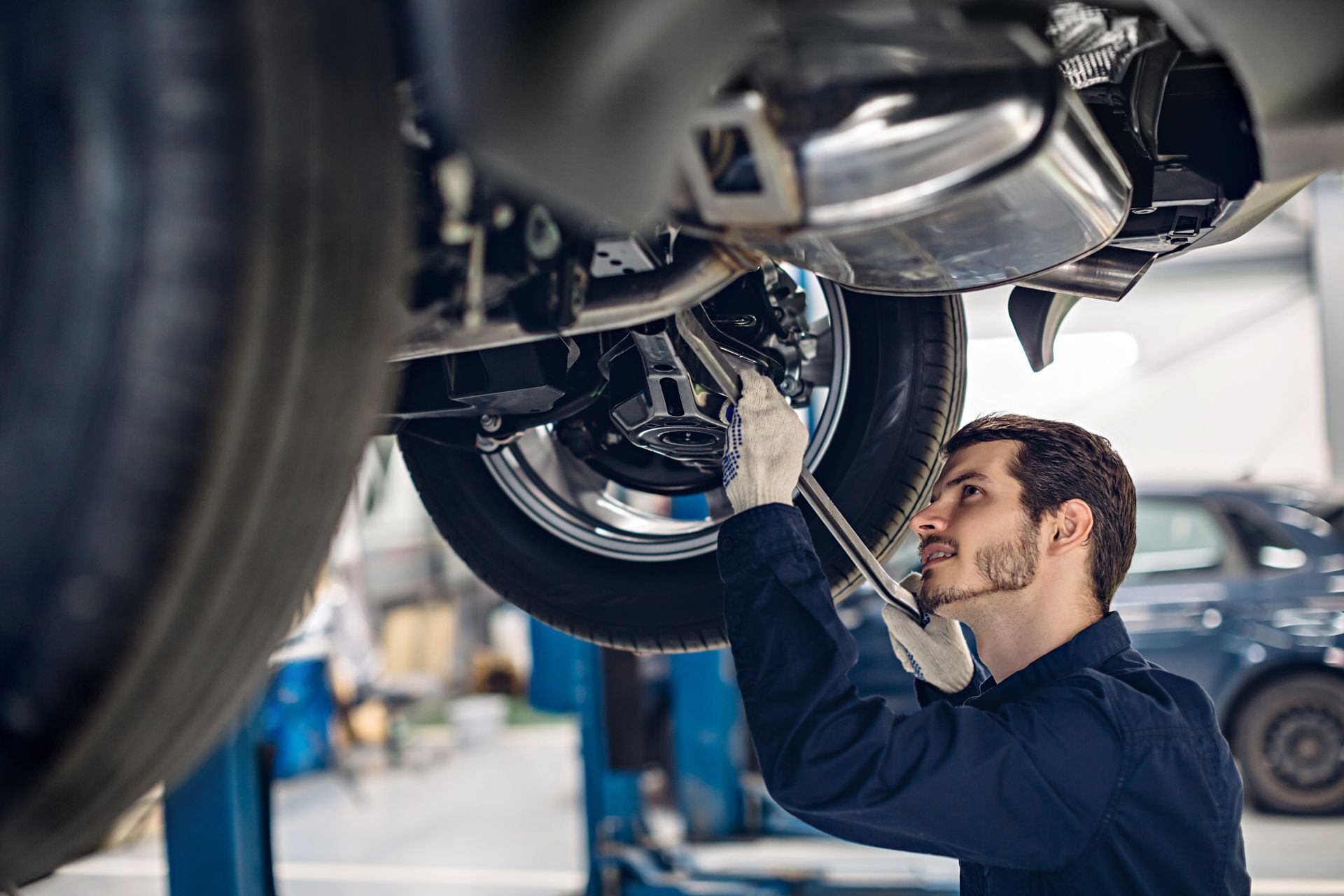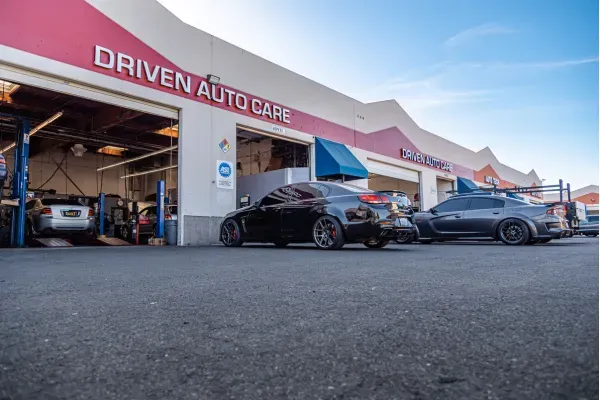Loading ...
Missing business hours data / Error occurred while getting the data.
Loading ...
Missing business hours data / Error occurred while getting the data.
Loading ...
Missing business hours data / Error occurred while getting the data.
Loading ...
Missing business hours data / Error occurred while getting the data.
Loading ...
Missing business hours data / Error occurred while getting the data.
Loading ...
Missing business hours data / Error occurred while getting the data.
What to Do If Your Car's Engine Is Overheating?
January 25, 2025
Few situations are as stressful for a driver as seeing the temperature gauge on your dashboard creeping into the red zone. An overheating engine is not only inconvenient but can also cause significant damage if not addressed on time. Whether you're commuting through Fremont, CA, or navigating the busy streets of Campbell, CA, knowing how to handle this situation is crucial for protecting your car and staying safe on the road.
Why Do Engines Overheat
Before discussing what to do, it helps to understand why engines overheat in the first place. Your car’s engine generates heat as it operates, and the cooling system is designed to keep it within a safe temperature range. If any part of this system fails—such as a coolant leak, a malfunctioning thermostat, or a faulty radiator—heat can build up quickly, leading to overheating. Other common causes include a broken water pump, low coolant levels, or blocked airflow to the radiator.
What to Do When Your Engine Overheats
The first rule of thumb when your engine starts to overheat is to stay calm. Panicking can lead to hasty decisions that might make the situation worse. Instead, follow these steps to minimize damage and get your car back on track.
Turn Off the Air Conditioning
If you notice your temperature gauge rising, immediately turn off the air conditioning to reduce the strain on your engine. Instead, turn on the heater to draw heat away from the engine. While it might make the cabin uncomfortable, it’s a quick way to prevent the engine from overheating further.
Pull Over Safely
If the temperature continues to rise or steam begins to escape from under the hood, pull over as soon as it’s safe to do so. Turn off the engine and allow it to cool down. Avoid popping the hood right away—hot steam or boiling coolant could cause burns. Wait at least 15–30 minutes before opening the hood to inspect the situation.
Check the Coolant Level
Once the engine has cooled down, check the coolant level in the reservoir. If it’s low or empty, this could be the primary cause of the overheating. If you have coolant on hand, carefully refill the reservoir to the recommended level. Be sure to use the correct type of coolant specified for your vehicle.
Inspect for Leaks or Damage
Look for visible signs of coolant leaks around the radiator, hoses, or engine bay. A damaged hose, loose clamp, or cracked radiator could be the culprit. While minor leaks might allow you to drive to a repair shop, major leaks will likely require a tow.
Restart the Engine and Monitor
After adding coolant and inspecting for obvious issues, restart the engine and monitor the temperature gauge. If the needle stays in the safe zone, you may be able to carefully drive to a nearby repair shop. However, if the temperature rises again, it’s best to call for roadside assistance.
Why You Should Never Ignore Overheating
Driving with an overheating engine is risky. Excessive heat can warp engine components, damage the head gasket, and lead to costly repairs like a cracked engine block. Addressing the issue immediately minimizes the risk of extensive damage and ensures your car remains safe to drive.
How to Prevent Future Overheating
Preventative maintenance is the best way to avoid overheating issues. Regularly check your coolant levels, inspect hoses for wear, and ensure your radiator is clean and free from debris. Scheduling periodic cooling system inspections can help identify potential problems before they escalate.
In places like Fremont and Campbell, CA, where summer temperatures can climb and stop-and-go traffic is common, these preventative measures are especially important. Taking care of your cooling system will give you peace of mind and keep your car running reliably in all conditions.
Is your car’s engine running hotter than usual? Visit
Driven Auto Care in Fremont, CA, or Campbell, CA, for expert cooling system maintenance and repairs. Call now to schedule an appointment and keep your engine running cool!
Loading ...
Missing business hours data / Error occurred while getting the data.
Loading ...
Missing business hours data / Error occurred while getting the data.
Loading ...
Missing business hours data / Error occurred while getting the data.
Loading ...
Missing nap lines data / Error occured while getting the data.
